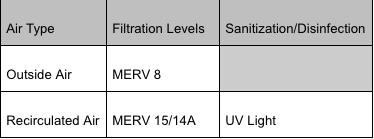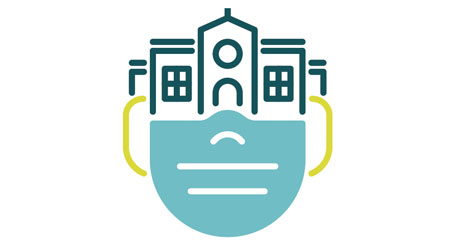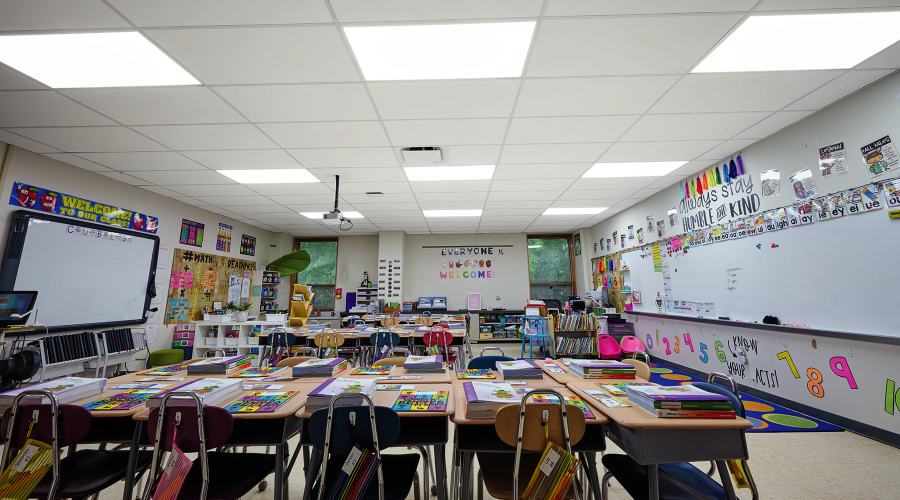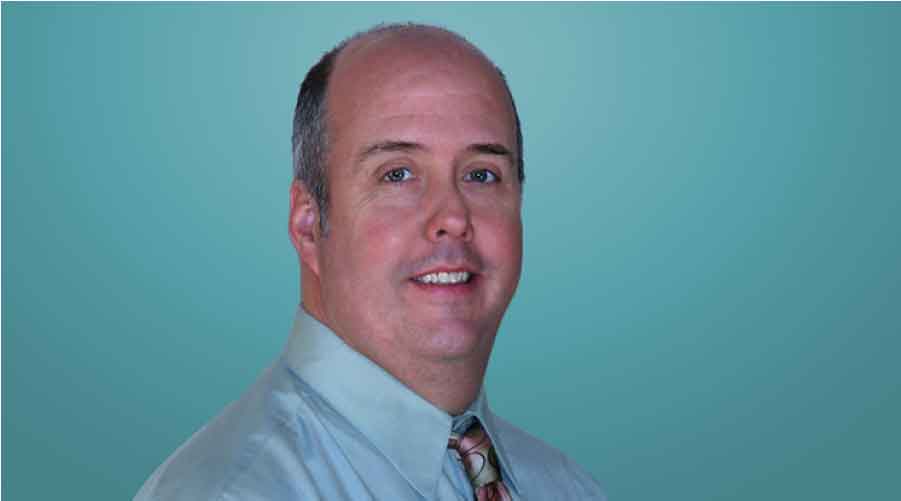School District Implements IAQ and Coronavirus Safety Measures for Reopening
Here's the detailed story of how Rocky River City Schools in Ohio implemented several measures focused on air quality and safety to reopen during the coronavirus pandemic.
By Michael G. Shoaf, Samuel L. Gifford, and Gregory J. Murphy
Joining school districts across the country, the Rocky River City Schools (Ohio) addressed many health and safety measures when opening classrooms, instructional spaces, locker rooms, etc. for the 2020-21 school year. Along with posting healthcare signs, installing hand sanitizer dispensers in classrooms, securing safe cleaning products, adding hallway sinks for handwashing, installing plexiglass in offices and classrooms, purchasing desk and table dividers/shields, and acquiring face masks, gloves, and gowns, an area of additional focus was air quality in school facilities. Sanitation and disinfection of air is a key component in providing a safe environment for staff, students and visitors. Based on Rocky River City School’s specific situation, a preschool-12th grade educational organization, a custom solution that would involve different approaches was needed. The solution involved the filtration of air at a high level and the sanitation/disinfection of air.
Similar to school districts across the country, Rocky River school buildings vary in age, instructional square footage, building materials, HVAC units, etc. Classrooms also posed a variety of different circumstances regarding air quality and circulation. All of the buildings have air conditioning, although the district has internal classrooms with no windows, classrooms with windows that are not designed to open, and classrooms with windows that open. The balancing of the HVAC systems does not allow for open windows.
Factors to consider for air quality
When evaluating air quality and determined circulation and sanitation/disinfection approaches there are several factors that come into critical consideration:
- What is the capacity of the current assets in regard to air movement, which relates to the required dilution components?
- Filter capabilities: What size and Minimum Efficiency Reporting Value (MERV) rated filter can the units hold before filtration and air movement is limited?
- How much air needs to be moved to achieve superior air quality within the desired space, and can the units accept UV (ultraviolet light) sanitizing light fixtures?
The air quality project was focused on our preschool-12th grade educational spaces, which provided several challenges, including different technology - Rooftop Units (RTU) vs. Univents - and air balancing issues related to achieving dilution rates that would meet ASHRAE standards.
One of the first challenges that was investigated and studied was the existing assets within the District. Once a full list of all assets was compiled, the following steps were completed:
- Each unit(s) was studied.
- A maximum MERV rating was assigned.
- Confirmation was received that UV sanitizing light fixtures could be properly installed.
Filtration options with existing equipment
A challenge existed regarding how to assign the appropriate MERV rated filter to each unit. The amount of air that can be pushed through a filter will directly affect the number of CFMs (cubic feet per minute) of air that can be filtered. Based on the capabilities and filtering choices we have made – MERV 15/14A for RTUs and MERV 8 for Univents - the schools meet the ASHRAE standard for air dilution.
Air quality will be achieved in the following manner:

UV sanitation light
Another challenge encountered was the addition of UV sanitizing lights to all RTUs and air handlers across the District. The UV light fixtures are placed and directed to sanitize the air that passes over the coils to be heated or cooled. This component will sanitize up to 99.99 percent of the air moved by the system and air supplied by the central air system to educational spaces will pass through the filters and sanitation devices three to four times per hour.
The national standards for the reopening of public schools include the proper sanitization of hard surfaces, socially distanced classrooms, and promoting behaviors that help reduce the spread of COVID-19. The successful installation of UV lights in HVAC systems and MERV 15/14A filters throughout the Rocky River City School District will help produce a safe environment for students, staff, and visitors during the 2020-21 school year and for years to come.
Dr. Michael G. Shoaf is Superintendent for the Rocky River City School District (Ohio). Dr. Shoaf has 28 years experience in education and is a member of the University Graduate Faculty at Cleveland State University.
Mr. Samuel L. Gifford is the Executive Director of Human Resources and Business Manager for the Rocky River City School District (Ohio). Mr. Gifford has 22 years experience in education and oversees Human Resources, Facilities, Transportation and Food Service operations for the District.
Mr. Gregory J. Murphy is the Communication Specialist for the Rocky River City School District. Mr. Murphy has 20 years of experience in the communications field in education.
Related Topics:













